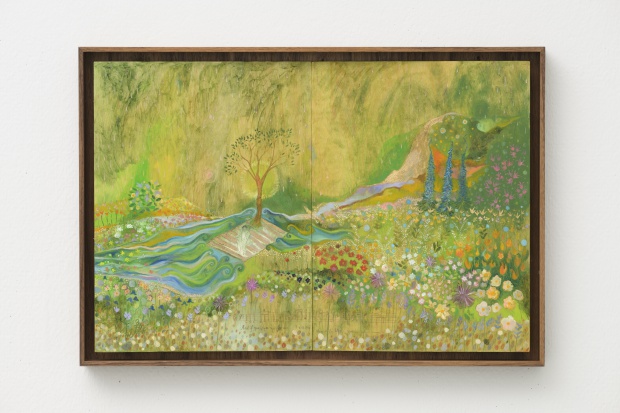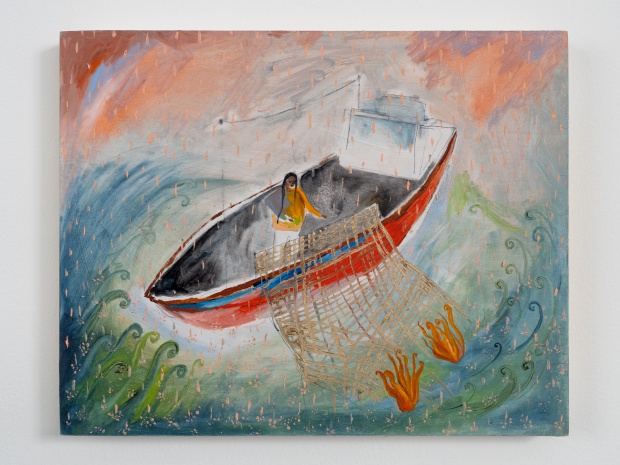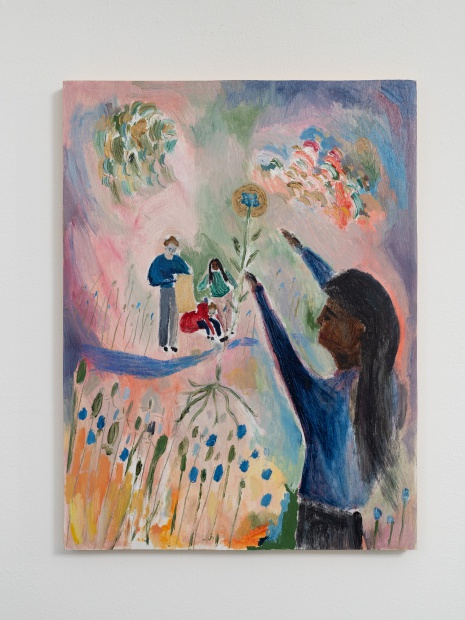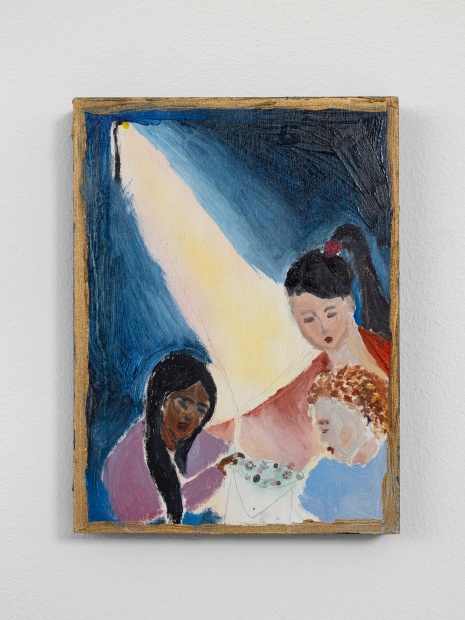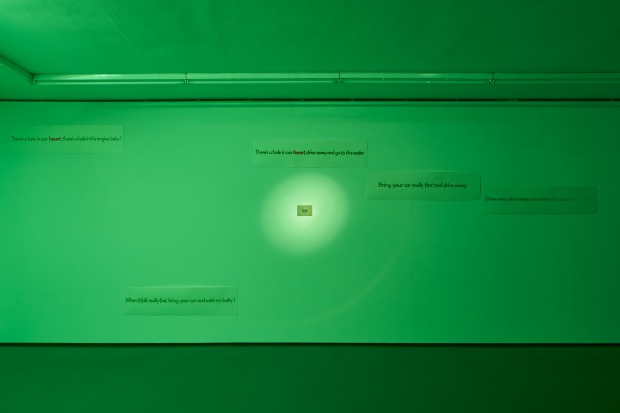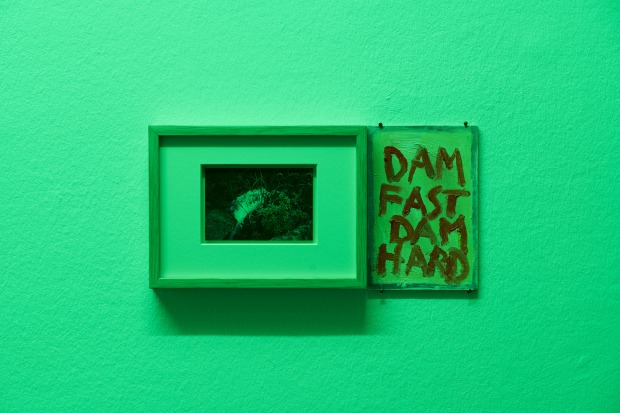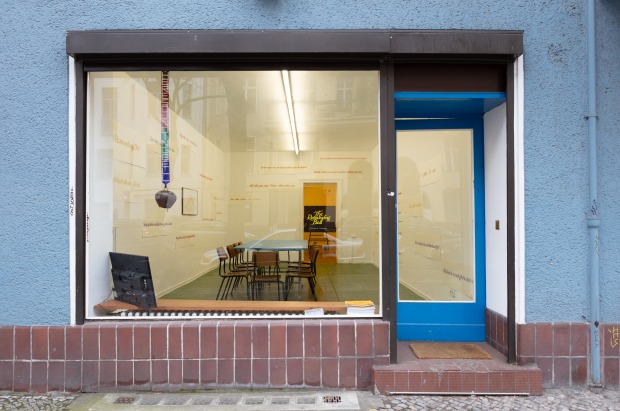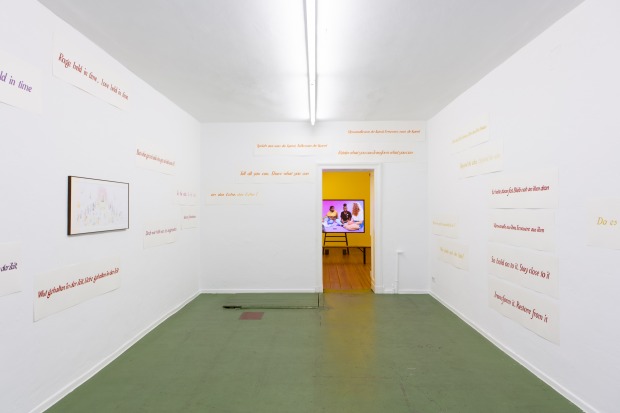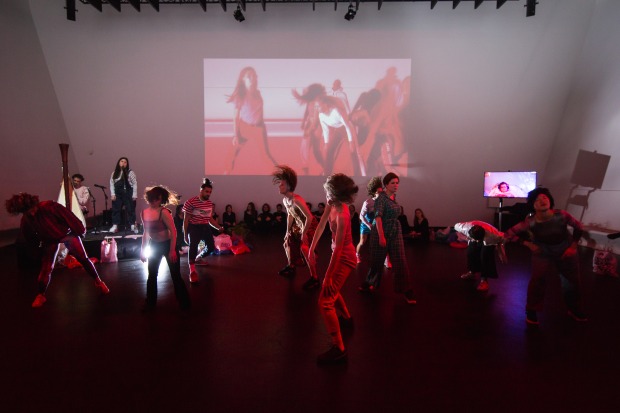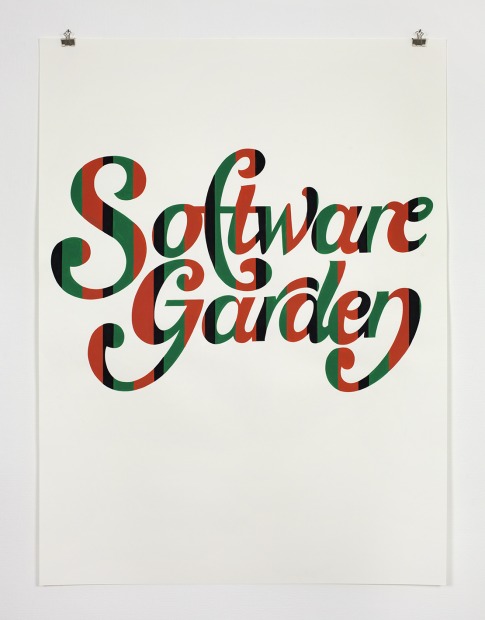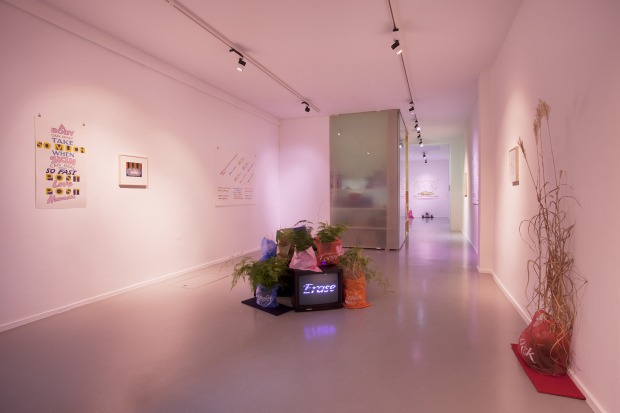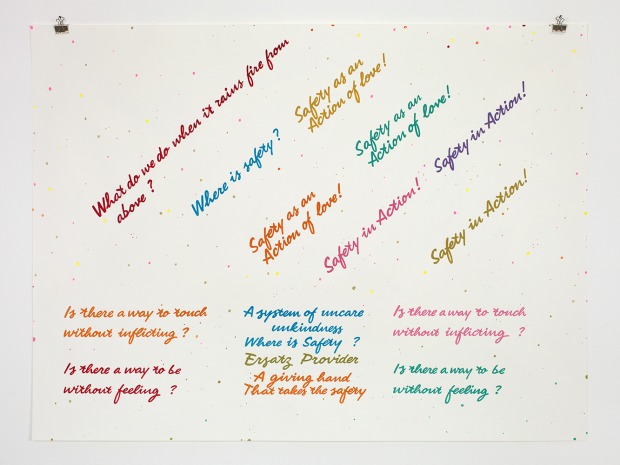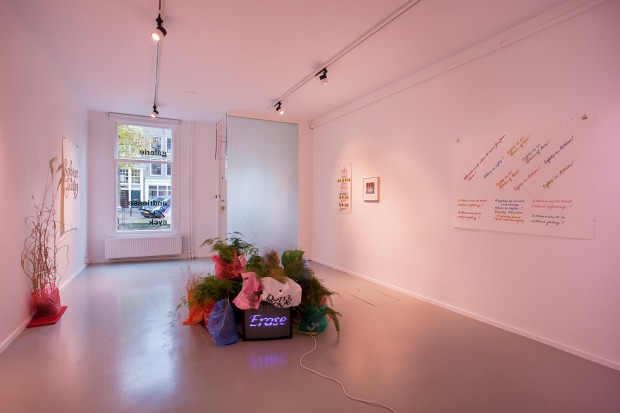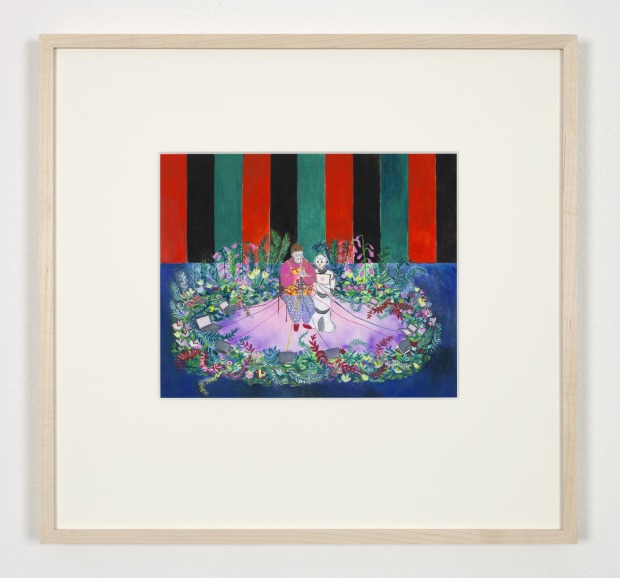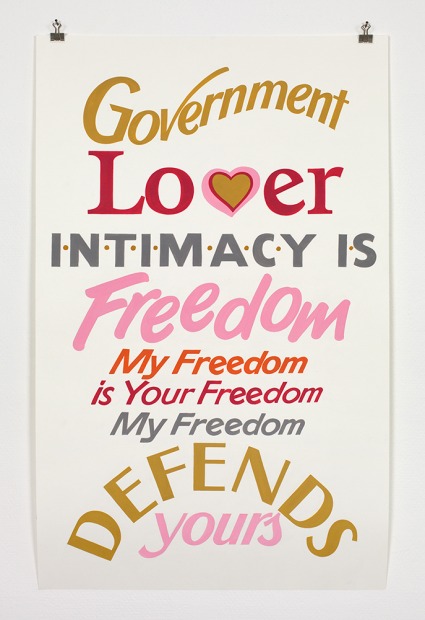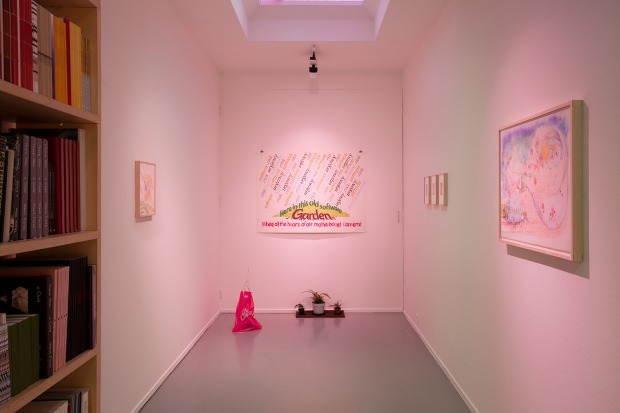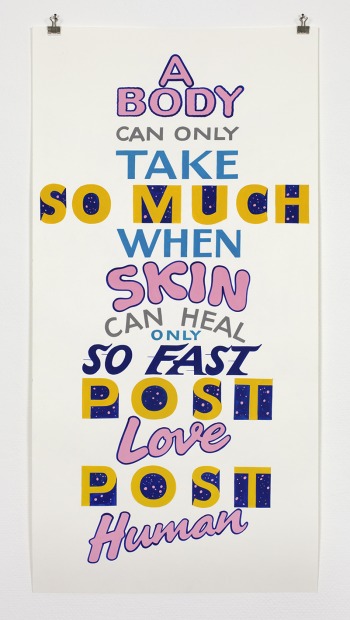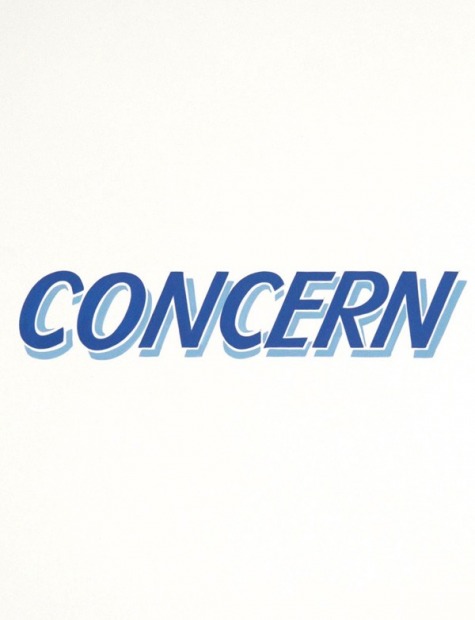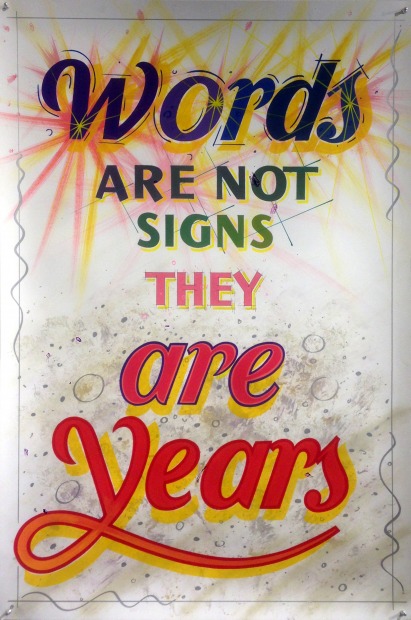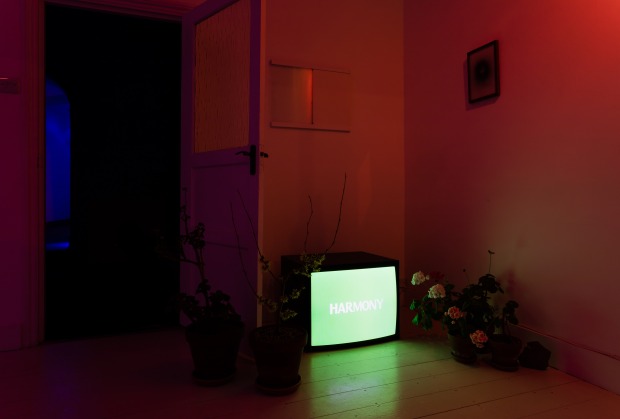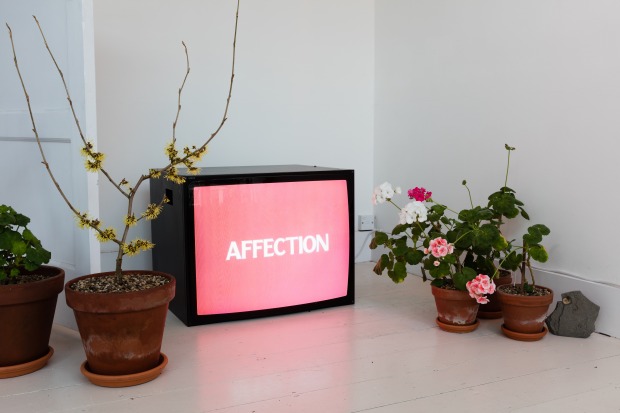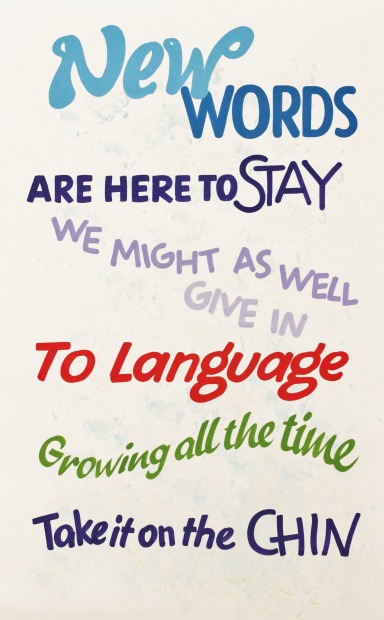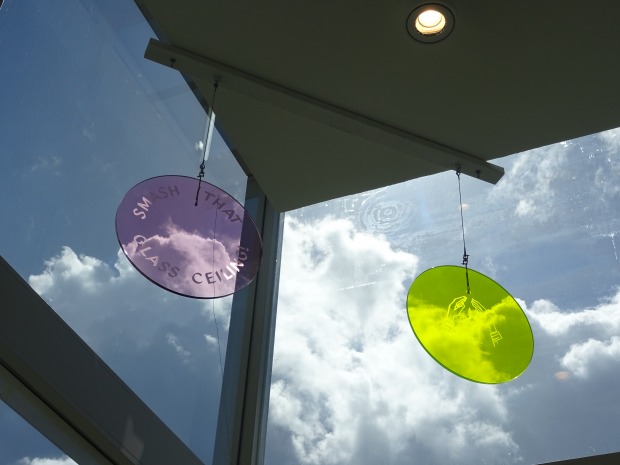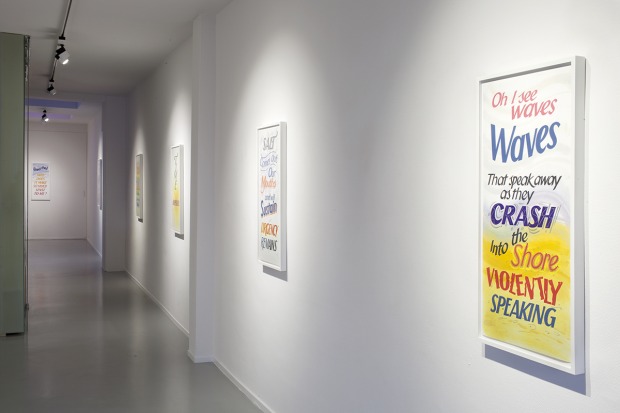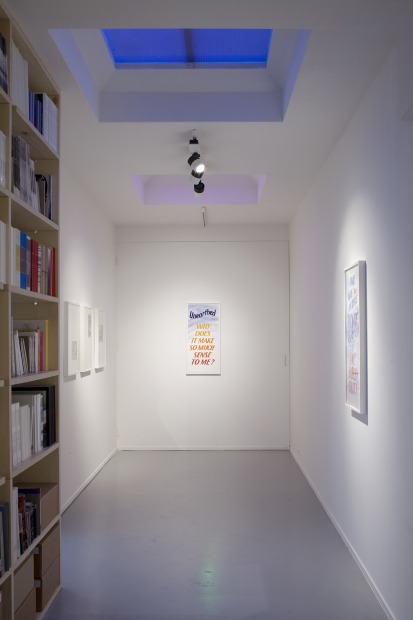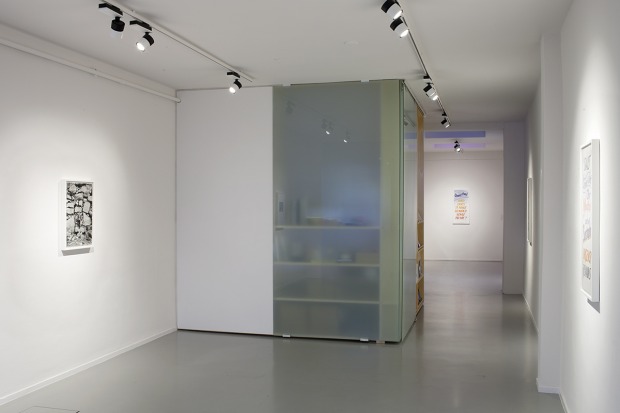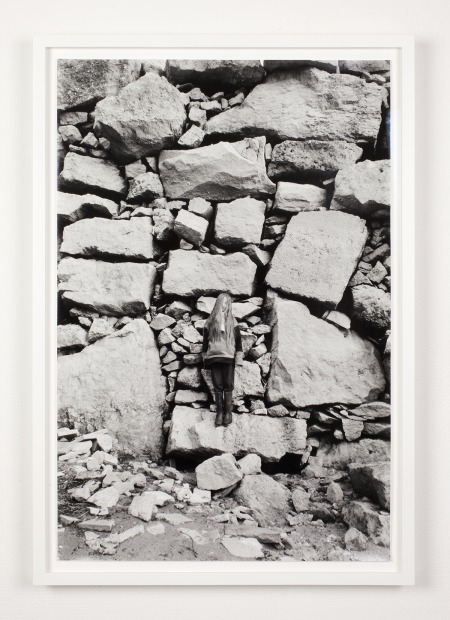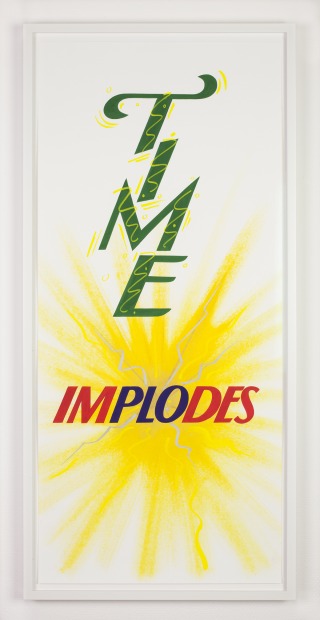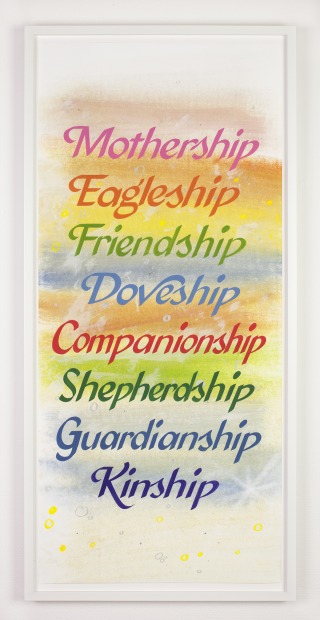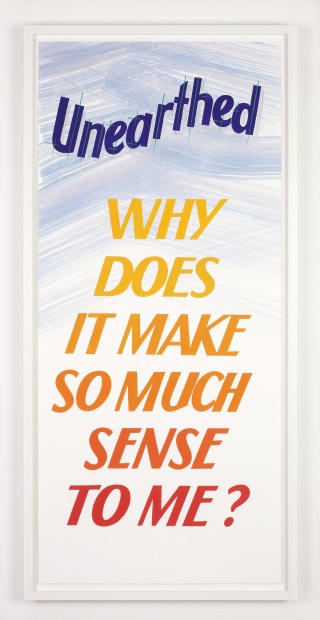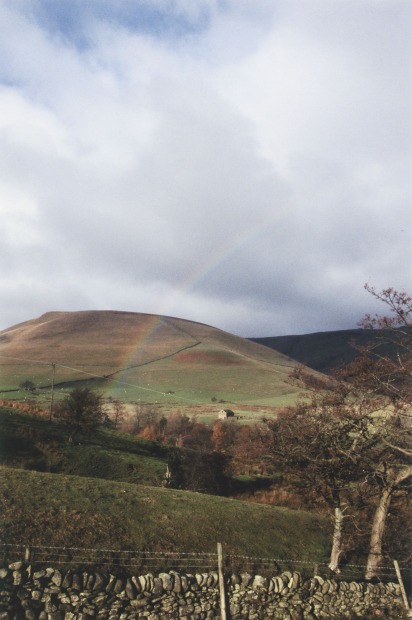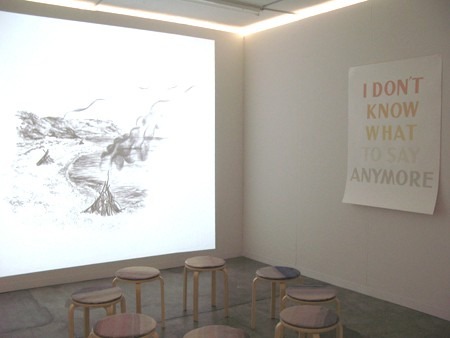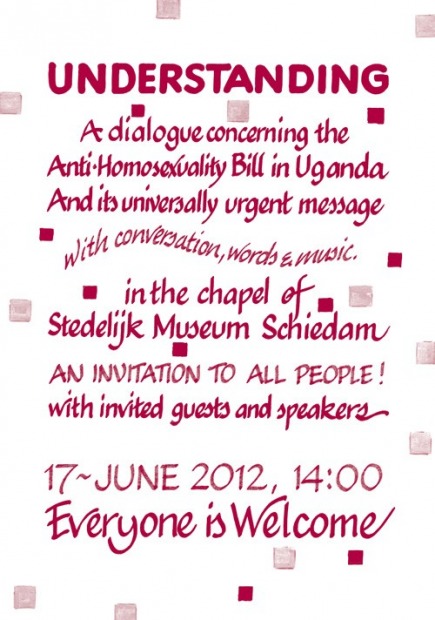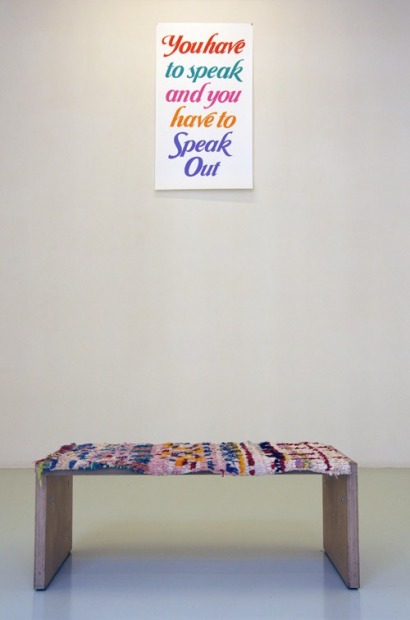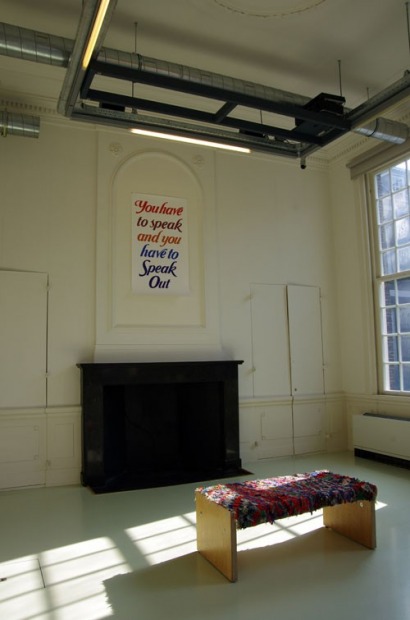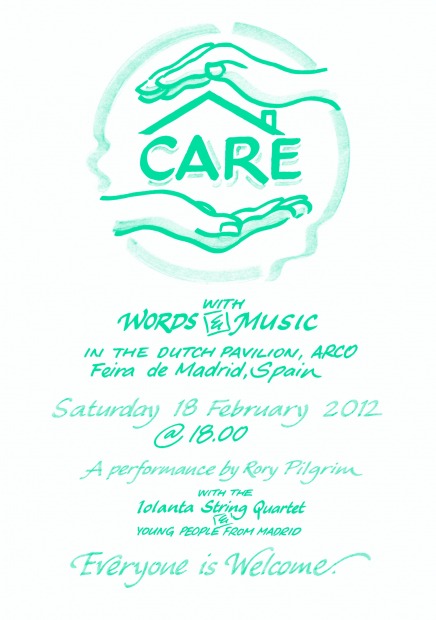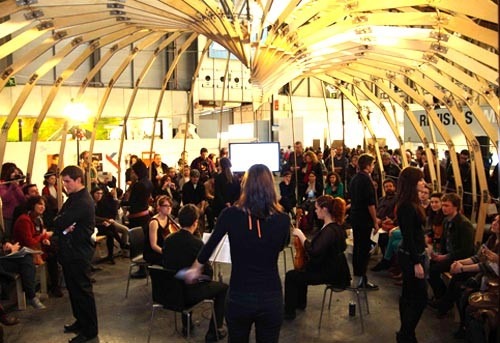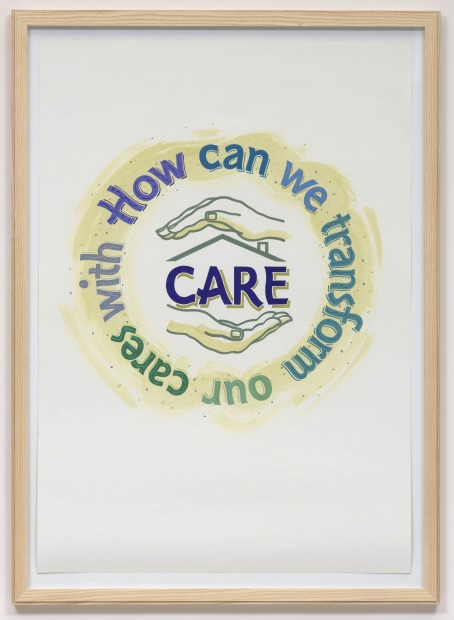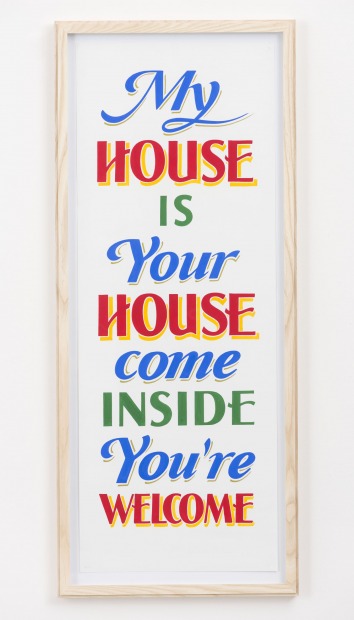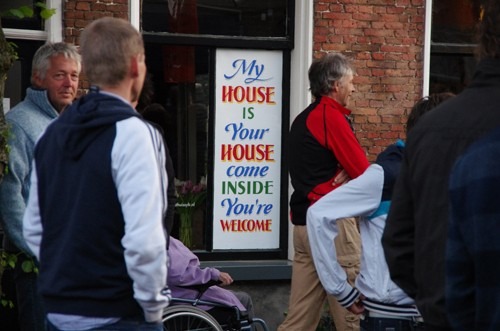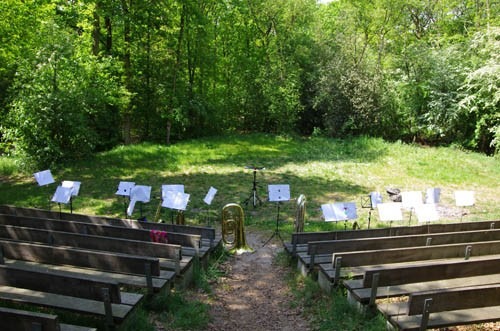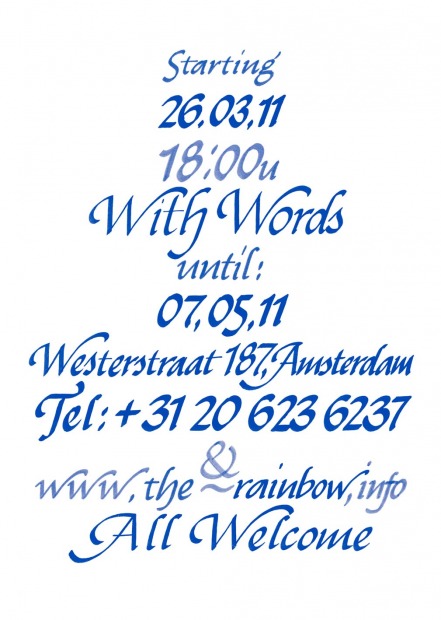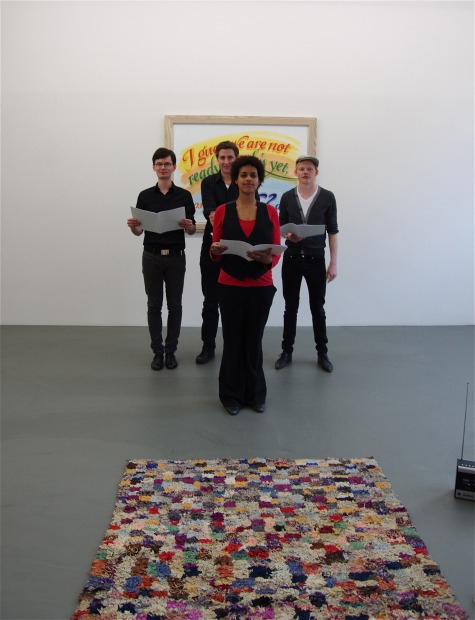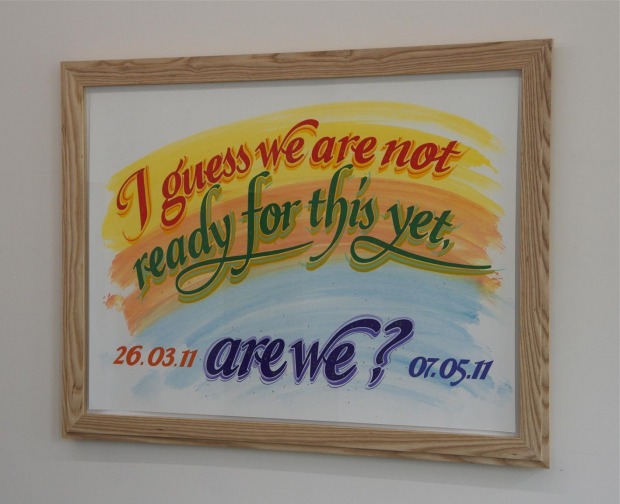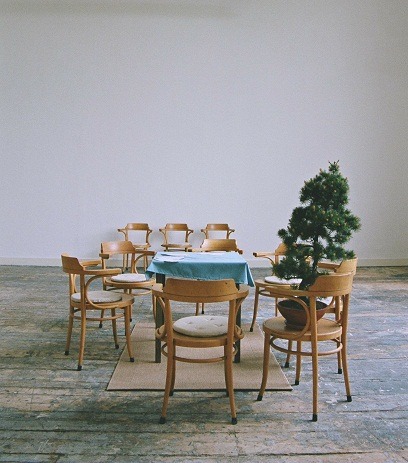 eyckgalleryartistsexhibitionsnewspublications
eyckgalleryartistsexhibitionsnewspublications
THE EVOLUTION OF CARE: A CONVERSATION WITH RORY PILGRIM ON TECHNOLOGY + ACTIVISM THROUGH THE LENS OF SPIRITUALITY + JOY
by Human Poney, 14th June 2017 for AQNB
** You’re practice has a very positive nature about it, promoting change by bringing attention to the good energy and collectivity already present, rather than focusing on the lack or a failed system. It feels refreshing to have a compassionate and realistic take on the benefits of technology, especially regarding care. Could you talk a little bit about your relationship to this ‘space’ of hope and healing?
I often find it hard to dwell on failure. My instinct is based much more on survival, to keep fighting against things which are causing pain and destruction. Having interviewed and spent time with activists there is an unquestionable drive not to give up which I find very inspiring. One phrase which I hold onto, which I have heard multiple activists articulate is, “It might not happen in our lifetimes but we keep on fighting.
After Brexit, Trump and a string of political catastrophes last year, certain divisions were made crystal clear in a way which we can no longer ignore. Divisions between class, age and cities and smaller towns and rural areas. Changes brought about by the internet and digital technology allowing people to be globally connected are incredible but they have also brought immense challenges in the form of echo chambers. People’s use of the Internet is now often based on a self curated feed in which we can surround ourselves with a constant stream of our own opinions and information tailored to us. I am interested in how to create ruptures in this and how to create spaces in which different bodies and voices are brought together. What I do really is not that radical, but I feel even by creating spaces that bring young and older people together from different backgrounds from beyond a screen is a start.
In an era seduced by nostalgia, I feel the only way is to look forward and technology is a part of that. In thinking about the future, technology is going to be a huge part of that, so it is imperative to consciously explore and discuss it. When unemployment is so often blamed on immigration I feel there has to be realistic discussion in how automated labour is affecting people’s jobs and how people are living. Feminists like Donna Harraway since the 80’s have been thinking about how we can implement kinship with technological innovation to construct societies that are rooted in compassion and care. I think a source of hope is to create spaces in which we consciously work through and explore our relationship with technology and how it is affecting the fabric of our societies.
A tangible example of the huge segment of research into robotics is based on how robots can be carers for people. For example, how robots could can act as companions for people who suffer from loneliness and can create alerts if they come into difficulty. In the UK, the last Conservative Government created some of the cruelest regulations for those dependent on disability welfare. With an ageing population the reality of having robots adopting a caring role is becoming ever more likely. I think we need to have the spaces to think about these changes and be conscious of the issues this raises.
** The work really seems to resist a strict form or genre, moving fluidly between music, music video, video art, performance, poetry, documentary, activism, a visual book with chapters even; that the genres seem to dissipate completely. Why is this genre blending so important for you?
The fact that my work is not fixed in form is perhaps where my instinctive queerness comes in. In some ways my work does not have an outwardly queer aesthetic, but as a Queer person, it feels very natural to have to navigate fluidly between binary or fixed histories that you don’t relate to. I am very interested in how not to appropriate different forms but create hybrids of things that exist in a grey and undefinable areas. I feel that grey area is vulnerable but also very fertile in order to create new possibilities.
Sometimes people might attribute my work to being more like documentary or social engaged art practice which in some ways it is, but I am constantly trying to find ways for it not to be confined by how we might think about certain genres. For example, how to create a documentary takes the form of a half-hour music video or how to push traditional aesthetics of activism through the lens of spirituallity, joy, or beauty. In my work, there is this balancing act in which I try and give autonomy to voices or the creative skills or backgrounds of other people and intertwine this with my own artistic qualities. It is very important to me that people are comfortable to be themselves when they collaborate with me. This means that I have to be very open to what they might bring which might often shift the form of the work. At the same time there are things based on my own history and natural attributes as a person that are clearly embodied in my work. My previous experience as a musician, my religious upbringing, my activism and social agenda are all things that are entangled in how my work manifests.
** The word ‘spiritual’ gets used a lot when people talk about your work, and the music often feels referential to this space, but perhaps only because it has an uplifting shape to it. Could you talk about this sort of secular sacredness your work seems to embody?
For me spirituality is a space that is very raw. At a time when dominant secular capitalism treats people increasingly as numbers or commodities, I find the spiritual and sacred a highly subversive space to counter this. My work ultimately seeks to find ways to bring people together to share, to give voice, listen or work through something creatively in a space or context they might not normally do. How we create these sorts of spaces in a secular context I feel is an urgent question of our time. To an extent, the Internet has provided a space for people to share and experience intimacy in a liberating way through being able to create anonymous or desired versions of themselves. However, we often lack physical spaces to manifest these desires. Spirituality for me is ultimately about intimacy both with ourselves and with others. It is a very vulnerable space but a source of much strength. I find it hard to detach secularism from politics. I crave a politics that is intimate, emotional, compassionate and ultimately spiritual.
The word ‘spiritual’ is used a lot when discussing my work, and also because my upbringing was religious it unavoidably spills out. However, I also feel there is an aspect of ‘campness’ which for me is connected to spirituality that is not picked up on so much. ‘Campness’ is hard to define, but for me it is a lot about love. It’s shamelessly enjoying something or taking something to the extreme.
** Is the (metaphor of the) garden a political space for you?
The image of the garden appears a lot throughout my work as a space built on nurture, growth and renewal. You have to be patient with a garden and as the gardener you have to work with the garden to see how it wants to take shape dealing with elements also beyond your control. In this sense it is a political space. You have to have good soil, treat it kindly and work with the cyclical nature of time. What is more political than the earth and how humans choose to live on it?
** Can you explain what you mean by the lyrics “post love”?
‘Post Love’ developed as a lyric when I first started writing music for ‘Software Garden’ with Robyn Haddon in 2016. We were playing with some of these buzzwords and terms like ‘post human’. We kept returning to this phrase of ‘A body can only take so much, when skin can only heal so fast’ and we kept adding ‘Post Love, Post Human’ afterwards. ‘Post Humanism’ is essentially a critique on 20th century Humanism and thinking what is next. I understand ‘Post Love’ in a similar way. A yearning for something beyond love. ‘Love’ is used as an almost holy word which can also be over used or not quite express to its full extent. ‘Post Love’ for me is the unknown beyond love. A love that is felt by the inanimate, the mechanical, the robotic, animals, plants and humans.
Music has this magic ability to translate a feeling or emotion to someone else – a form of communication beyond words or explanation. Do you feel sound is the base to everything you make, the backbone to your practice? or do all your components hold equal weight?
I love music and it is what makes me feel. It’s what makes me dance and I love writing music. In my work, music often provides a crucial space in which to bring people together. It is transformative and emotional and an important space to think through ideas. My routine is completely irregular and I am often travelling. Anytime I have in the studio or I have free I write music and I usually have a collection of abstract songs or lyrics that I am working on or collecting. I work a lot in sketch books, making notes and drawing and I often feel that those books provide the complete backbone to what I do. In terms of the total body of my practice, I would say working with and listening to others, my constellation of collaborators and music are things which are interdependently connected forming the basis of what I do.
WHAT DOES IT MEAN TO YOU?
Extract from an interview by Bernke Klein Zandvoort
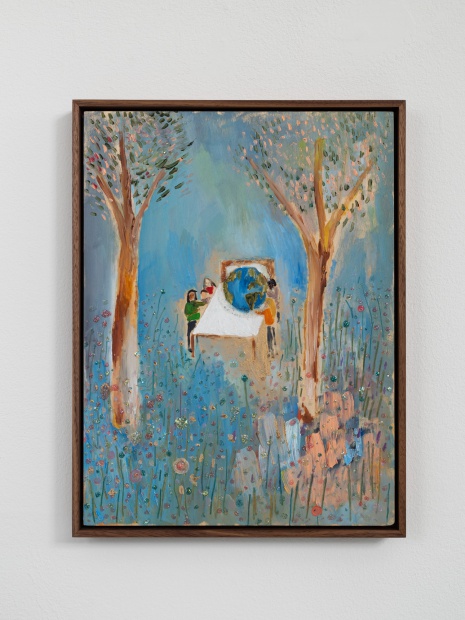
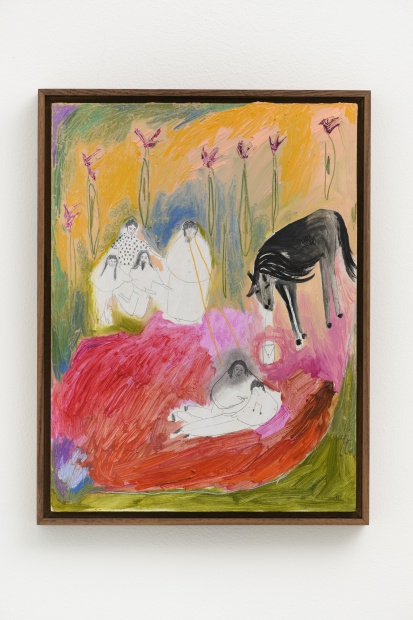
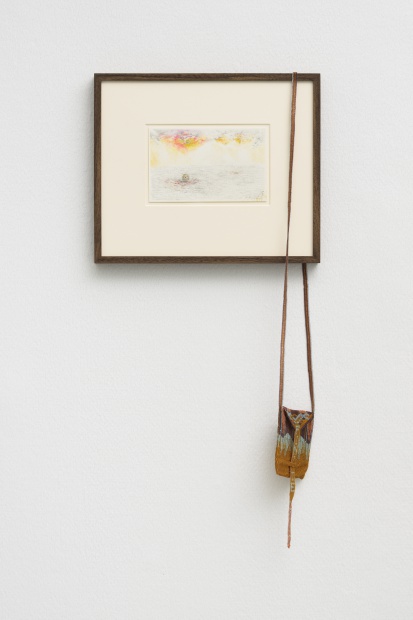
10 x 15 cm drawing / 26 x 31 cm frame

Installation view Stedelijk Museum Amsterdam, 2019
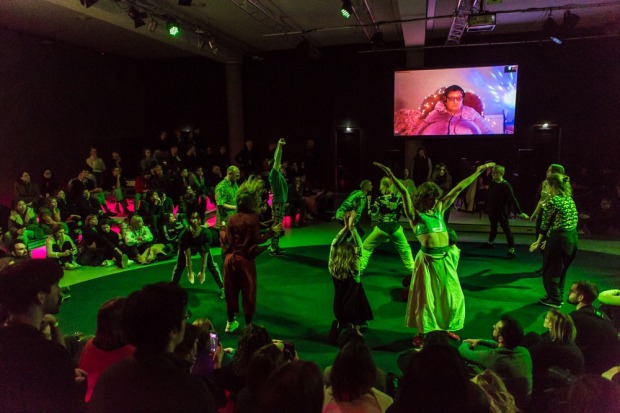
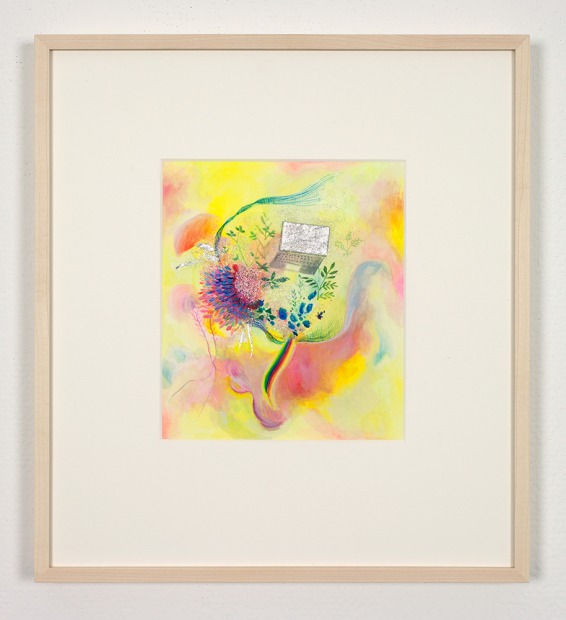

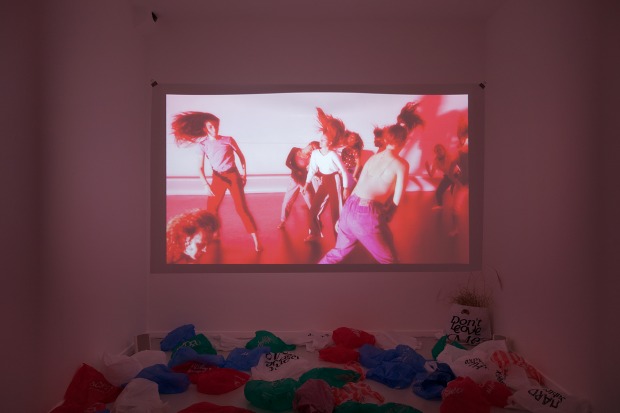
HD video with sound, 50.59 min.
screen printed plastic bags.
Don’t Leave Me, screen printed plastic bag and Miscanthus
edition of 6

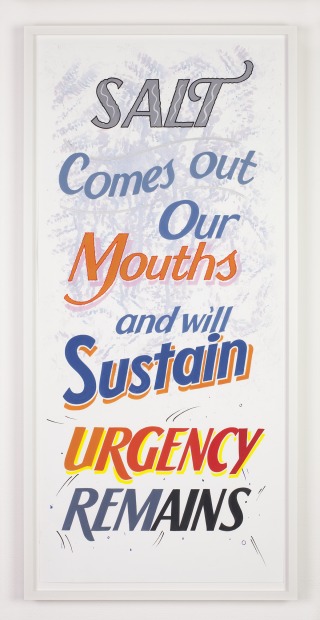
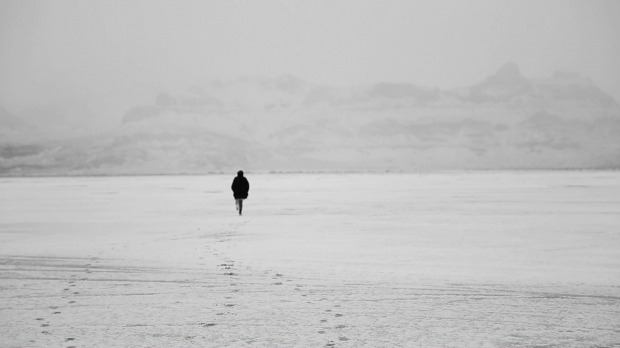
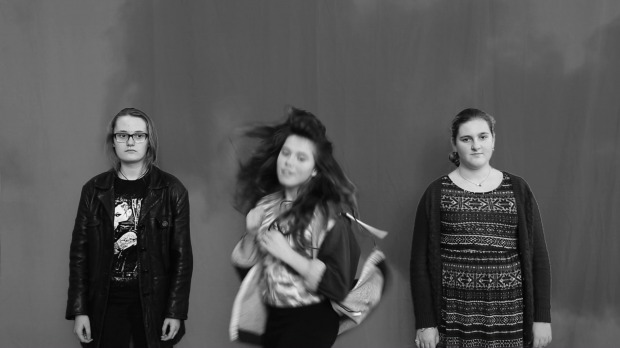
Rory Pilgrim, Sacred Repository N.1: Violently Speaking, 2014, HD video with colour and sound, 14:57 min., ed. of 6
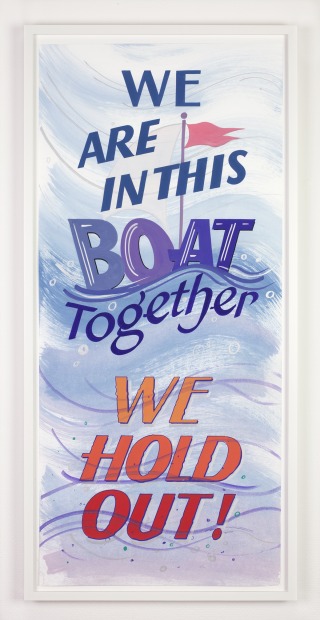
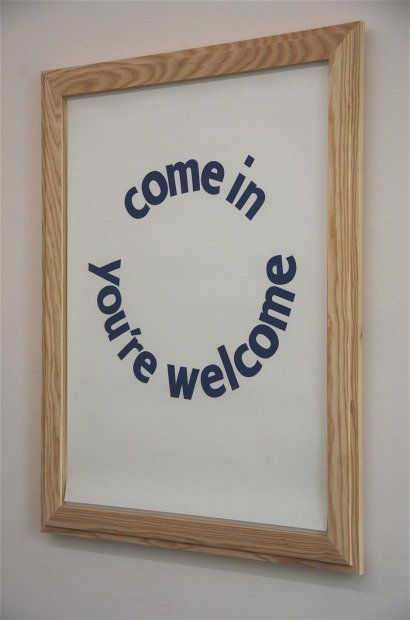
 eyck
eyck